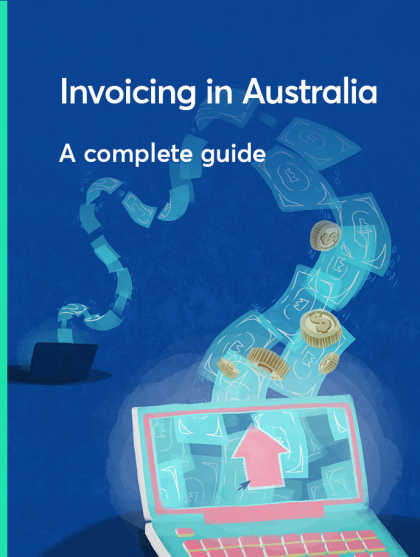
How to invoice overseas customers
Last editedMar 20212 min read
Overseas invoicing is a little more complicated than invoicing domestic customers and there are some considerations to bear in mind.
Australian businesses often deal with overseas clients. These may be as nearby as New Zealand or as far away as the UK and the US, plus China and other countries. Overseas invoicing is a little more complicated than invoicing domestic customers and there are some considerations to bear in mind.
Currency considerations with overseas invoicing
The major consideration is the currency used for payment. Your clients may agree to pay you in Australian dollars, which keeps things simple because you don't need to worry about exchange rates. You may still have to discuss any bank charges with your client – i.e. who will pay the fee to transfer the money. Some banks don't charge for this, but others do.
However, it's more likely that they will want to pay in their own currency, because this allows them to budget more accurately and not be caught out by exchange rate fluctuations. For example, if they are based in the UK and they agree to buy something from you on subscription for a year, but then the pound loses value against the Australian dollar, they could be paying much more – in their currency – than they had expected.
It's impossible to be sure which currencies will get stronger and which will get weaker. Some companies 'hedge' against currency fluctuations by buying the required amount of the chosen currency in advance. They may not benefit if their own currency goes up in the meantime – but they won't lose out if it goes down. You can do this too, if you're selling to customers who insist on paying in their own currency. Ask your accountant about currency hedging, as there are many different ways of doing it, with pros and cons to each.
Shop around for the best exchange rates. Banks generally don't offer good rates, but there are third-party services such as Wise and HiFX that specialise in international currency conversion. They might save you money if you regularly transfer significant sums from foreign currencies to Australian dollars.
Overseas invoicing and accurate record keeping
When invoicing overseas customers, there are some additional factors to consider:
Check the client's accounting laws to ensure that your invoices contain all the required information for them. They may require more information than domestic clients, including more complete payment details.
Be meticulous in your record-keeping. As well as the Taxation Office, the Australian Customs and Border Protection Service may also require access to your records, especially if you're selling items overseas that require permits or have other restrictions on them.
The Australian government publishes regular official approved exchange rate tables, which you must use for accounting purposes when converting any income received in other currencies. This is particularly important for tax returns.
Use e-invoicing whenever possible. Postal delays and lost invoices are more likely when sending paperwork overseas. Sending invoices electronically is faster and safer.
If in doubt, talk to your accountant. Selling overseas isn't as straightforward as selling to Australian customers. Don't be embarrassed to ask for help.
Interested in collecting payments by Direct Debit?
Find out if online Direct Debit is right for your business